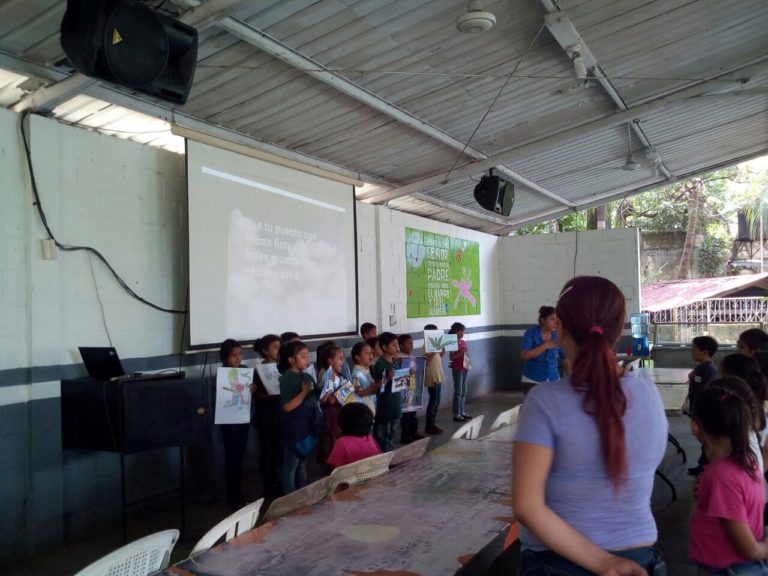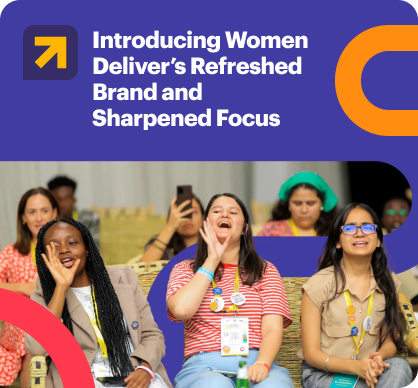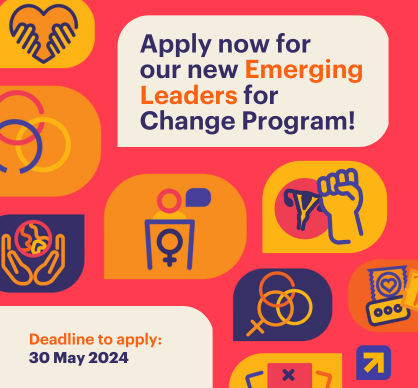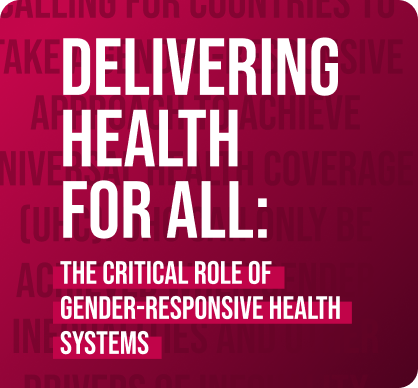Gender Parity is Only Part of the Equation
Malala Yousafzai, Nobel Peace Prize winner once said, “We cannot all succeed when half of us are held back. We call upon our sisters around the world to be brave – to embrace the strength within themselves and realize their full potential.”
Now more than ever the world recognizes the inequities that persist in education – particularly for girls – and its impact on development and economic growth. While significant progress has been made since 2000 towards achieving education gender parity, only 29 percent of countries have achieved gender parity at the upper secondary level. But gender parity is only part of the equation; it’s also important to take the steps needed to establish quality and ensuring environments that support girls’ learning and meet their unique needs. Key strategies include eliminating school fees; ensuring girls can get to school safely and stay in school without fear of sexual assault or violence; improving water, sanitation and hygiene so that girls can have privacy, be safe, and properly dispose of sanitary napkins; providing early childhood programming; providing gender sensitivity training to teachers; securing supportive policies at multiple levels; and mobilizing communities to build support for girls’ right to quality education, among others. These strategies play a critical role in promoting gender equality in and through school.
.
And let’s not forget about the importance of sexuality education within the broader discussion of advancing girls’ access to quality education. Comprehensive sexuality education (CSE) means providing young people with age-appropriate, scientifically accurate, and non-judgmental information about a broad range of topics impacting their sexual and reproductive health, rights, and well-being and opportunities to explore attitudes and practice decision-making, communication, and other skills needed to make informed decisions about their lives. Research demonstrates that CSE is effective in contributing to:
- delayed initiation of sexual intercourse;
- decreased frequency of sexual intercourse;
- decreased number of sexual partners;
- reduced risk taking;
- increased use of condoms; and
- increased use of contraception.
We can’t disregard the impact that such outcomes can have on access to quality education and learning. While evidence is still emerging, there is an evolving understanding of comprehensive sexuality education that recognizes how CSE contributes to many other desired outcomes such as gender equitable attitudes and improved confidence or self-identity – both of which are reflected in the updated definition of sexuality education included in the revised International Technical Guidance on Sexuality Education.
Experts also suggest that sexuality education can specifically address harmful gender norms and foster critical thinking skills in order to break intergenerational cycles of gender inequality. Harmful gender norms can contribute to increased girls’ vulnerability to HIV; homophobia and violence related to (real or perceived) sexual orientation; and risky sexual behaviors among young men due to expectations about what it means to be masculine, all of which can compromise learning.
Whether in Burkina Faso, Kenya, Honduras, Guatemala, or the United States, many students share similar need and interest in receiving sexuality education. These students want honest answers and information that is not limited to just reproductive anatomy or what not to do. They want to know about puberty and the changes they will be – or already are – experiencing. They want to know about relationships, consent, and how to say no when pressured to have sex. They want which sexual behaviors are more or less risky; about STIs; and about the effectiveness of methods of contraception, their side effects, how they work and where to access them. Adolescents are eager to learn all of these things and more. Isn’t it time we listen and provide them with that education? It is in everyone’s best interest to do so.

Kindergarten students during a sexuality education lesson in Escuintla, Guatemala
Photo Credit: Vilma Lopez
Governments around the world need to invest in multiple strategies to realize Sustainable Development Goal 4: ensuring inclusive and quality education for all and promoting lifelong learning.
It is no longer a revelation that girls’ education impacts all areas of development and creates a ripple effect that can not only transform her own life by improving her health and economic outlook, but it also permeates beyond her, impacting the health and economies of her family, community, and country. From helping to delay marriage and pregnancy -- a one year increase in girls’ education is associated with a 6.5-9.9 percent reduction in child mortality – to increasing employment opportunities and earning potential – for every additional year of schooling, she will increase her future earnings by 10-20 percent – it is clear investing in girls education is a morally and financially sound investment.
As we prepare for the Global Partnership for Education (GPE) Financing Conference and call on world leaders to help get every girl and boy in school we must also call on increased investment in comprehensive sexuality education to ensure girls everywhere have the opportunity to receive the education and future she deserves.
.


